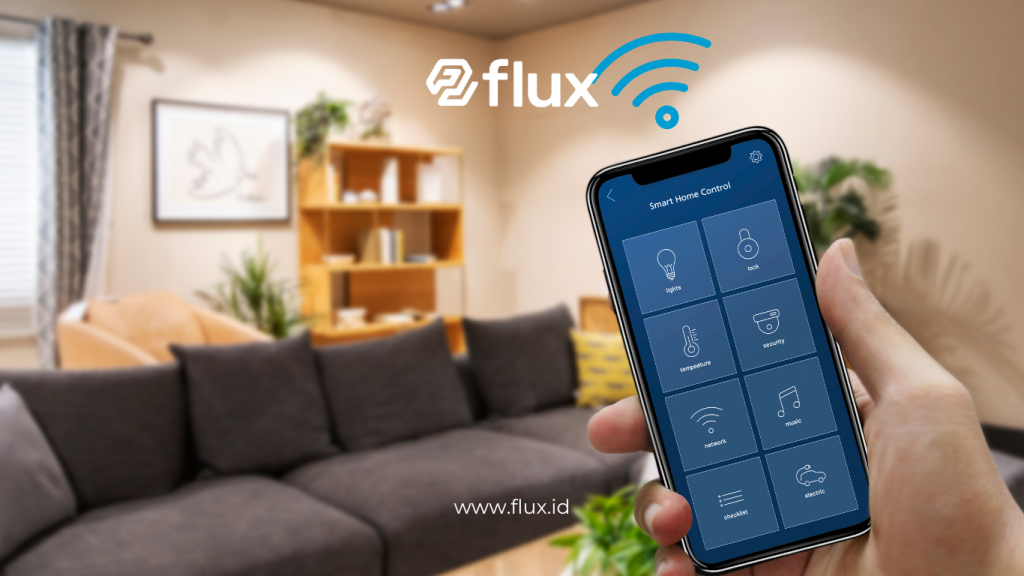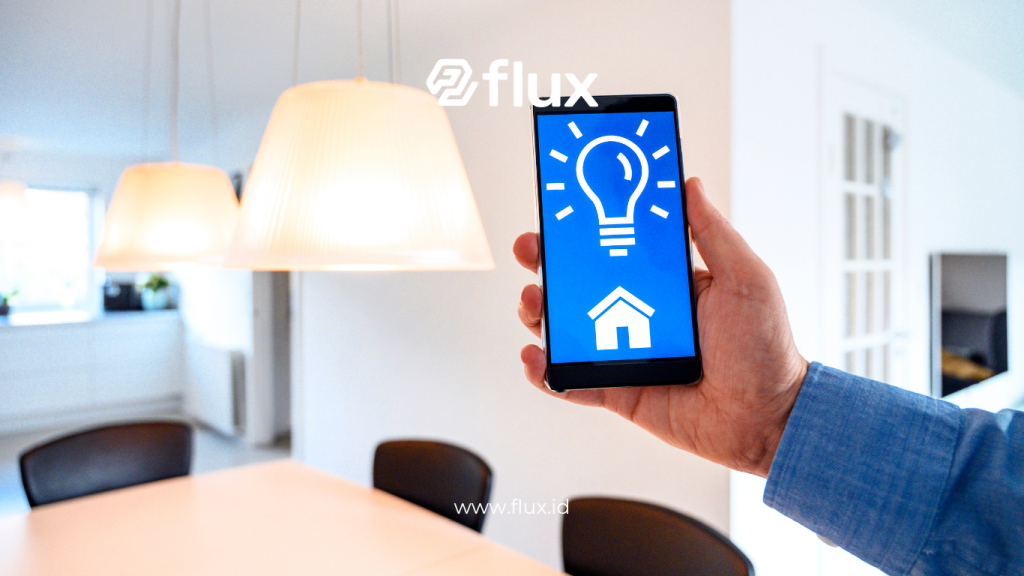Don't miss our holiday offer - 20% OFF!
Smart homes have become a vital part of modern living by utilizing the Internet of Things (IoT). This technology allows devices in your home to connect seamlessly, creating a more comfortable, energy-efficient, and secure environment. This article will explore how IoT can significantly benefit your daily life.
Contents
What Is Smart Home Technology?

Read More: Easily Manage Your Home: IoT as a Smart Home Solution
Smart home technology integrates IoT-based devices that can be controlled through apps or voice commands. Devices like smart lights, thermostats, and security cameras can be automated to suit the user’s needs.
Key Features of a Smart Home:
- Connectivity: Devices are connected via Wi-Fi or Bluetooth.
- Remote Control: Users can manage devices through smartphones.
- Automation: Systems operate based on schedules or sensors.
Benefits of IoT for Smart Homes
1. Energy Efficiency
IoT devices such as smart lights and thermostats optimize energy usage, reducing consumption.
- Smart Lights: Adjust lighting levels according to activity.
- Smart Thermostats: Automatically regulate temperature based on user habits.
2. Enhanced Security
IoT provides an additional layer of security with devices like:
- Security Cameras: Monitor your home in real-time via smartphone.
- Motion Sensors: Alert you of suspicious activity.
3. Convenience and Comfort
Automation enhances comfort by enabling:
- Turning on the air conditioner before arriving home.
- Playing music based on your mood using voice assistants.
4. Time-Saving
Daily routines are expedited with smart technology, such as robot vacuums cleaning your home without manual effort.
Core Components of a Smart Home

Read More: Optimizing Your Home: How IoT is Transforming the Smart Home Concept
1. Central Control System
Apps like Google Home or Amazon Alexa act as hubs to manage various devices.
2. Smart Devices
Essential smart devices include:
- Smart Lights: Philips Hue, Xiaomi Yeelight.
- Smart Thermostats: Nest Thermostat.
- Smart Appliances: Smart washing machines and refrigerators.
3. IoT Sensors
Sensors play a critical role in detecting motion, temperature, or water leaks to improve comfort and safety.
Implementing IoT in Everyday Life

Read More: IoT and Smart Homes: Bringing Innovation to Every Corner of Your Home
1. Energy Management
IoT enables real-time energy consumption monitoring, helping identify energy-intensive devices.
2. Health Monitoring
IoT devices like smartwatches track heart rate, steps, and sleep patterns, providing insights into the user’s health.
3. Smart Entertainment
Smart audio and TV systems deliver personalized entertainment experiences, such as curating playlists or recommending movies.
Challenges in Smart Home Technology
Despite its benefits, smart homes face some challenges, including:
- Data Security: Risk of device hacking.
- Implementation Costs: Relatively high device prices.
- Internet Connectivity: Requires a stable network for optimal functionality.
Tips for Starting a Smart Home
- Start with Basic Devices: Choose easy-to-integrate devices like smart lights or plugs.
- Use an Ecosystem System: Opt for platforms like Google Home or Apple HomeKit for better integration.
- Prioritize Security: Ensure devices have encryption features and regular updates to protect against threats.
Conclusion
Smart home technology powered by IoT brings significant changes to daily life. From energy efficiency to enhanced security, IoT offers unparalleled convenience. Although there are challenges like costs and data security, the benefits far outweigh them. By understanding the components and functioning of smart homes, you can leverage this technology to improve your quality of life.





